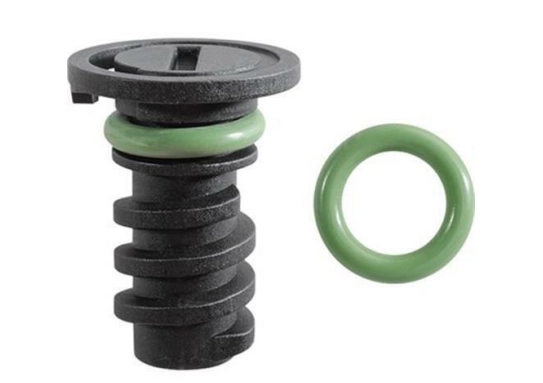Ball Valve for Efficient Oil Drainage System Design and Maintenance
Understanding Ball Valve Oil Drain Plugs An Essential Component in Industrial Applications
In the realm of industrial machinery and fluid management, the importance of reliable components cannot be overstated. One such critical part is the ball valve oil drain plug. Although often overlooked, this small but mighty component plays a crucial role in maintaining the efficiency and longevity of equipment across various sectors, from automotive to manufacturing and beyond.
What is a Ball Valve Oil Drain Plug?
A ball valve oil drain plug is a specialized type of valve used to control the flow of fluids or lubricants in and out of machinery. Typically made from robust materials like stainless steel, brass, or plastic, these valves are designed to withstand the harsh conditions often found in industrial environments. The “ball” in the name refers to the spherical element inside the valve, which opens or closes the flow path when turned. By rotating the handle, users can easily manage fluid drainage, making maintenance tasks more straightforward.
Applications and Advantages
Ball valve oil drain plugs find applications in various settings, including engines, hydraulic systems, and industrial machinery. One of the primary advantages of utilizing these valves is their ability to provide a tight seal when closed, preventing leaks and ensuring safe operations. This is especially crucial in systems where oil or other fluids are stored, as leaks can lead to environmental hazards and costly clean-up efforts.
Another significant benefit is ease of use. Many workers in industrial environments deal with complex machinery and fluid systems, and a ball valve oil drain plug offers a simple yet effective way to drain fluids without mess or hassle. The intuitive design allows for quick access to the internal components of machines, enabling faster maintenance and reducing downtime.
ball valve oil drain plug

Installation and Maintenance
Installing a ball valve oil drain plug may seem straightforward, but attention to detail is crucial. Proper alignment and sealing during installation can determine the valve’s long-term performance. Before installation, it is essential to clean the threads and ensure that the mating surfaces are free of debris. Using Teflon tape on the threads can enhance the seal and prevent leaks.
Regular maintenance checks are equally important. Inspections should include checking for wear and tear, ensuring that the valve operates smoothly, and confirming that there are no signs of leakage. Proper maintenance not only extends the lifespan of the drain plug but also ensures the overall health of the machinery it serves.
Innovations in Ball Valve Technology
As industries evolve, so do the technologies surrounding them. The latest advancements in ball valve design have introduced automated options that can be controlled remotely, improving convenience and safety. These smart valves can be integrated with monitoring systems, allowing for real-time data collection on fluid levels and conditions. Such innovations not only enhance efficiency but also contribute to predictive maintenance strategies, reducing the risk of unexpected downtime.
Conclusion
In summary, the ball valve oil drain plug is a vital component in many industrial applications. Its combination of reliability, ease of use, and efficiency makes it indispensable in maintaining smooth operations in fluid management systems. As technology continues to evolve, these valves will likely see further enhancements that will bolster their performance and role in industrial maintenance. Ultimately, investing in quality ball valve oil drain plugs should be a priority for any operation reliant on fluid systems, ensuring that machinery runs optimally and safely for years to come.
-
The Ultimate Guide to Boat Propeller Bearings and Trailer Wheel Bearings
News Jul.31,2025
-
The Essential Guide to Marine Bearings and Boat Trailer Wheel Bearings
News Jul.31,2025
-
The Complete Guide to Heavy Duty Seals: Protecting Doors and Spaces Efficiently
News Jul.31,2025
-
Essential Guide to Marine Shaft Bearings and Boat Trailer Axle Bearings
News Jul.31,2025
-
Comprehensive Guide to Marine and Trailer Bearings for Safe Boating and Transport
News Jul.31,2025
-
Comprehensive Guide to Automotive Oil Seals: Protecting Your Engine and Shafts
News Jul.31,2025
-
Understanding Automotive Oil Seals: Essential Components for Engine and Shaft Protection
News Jul.30,2025
Products categories















